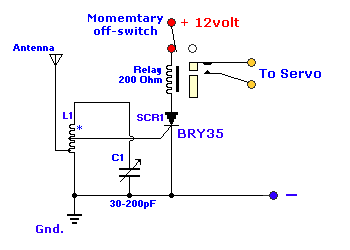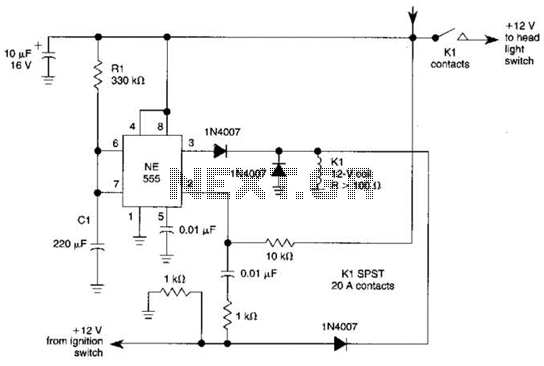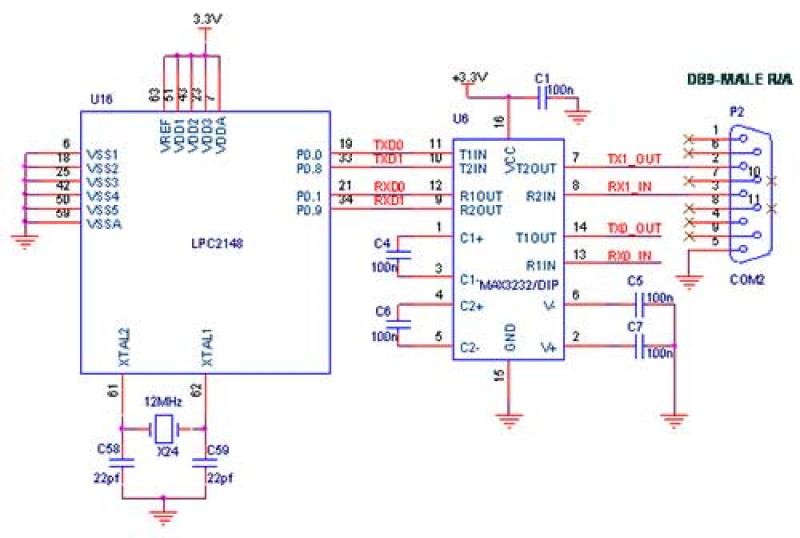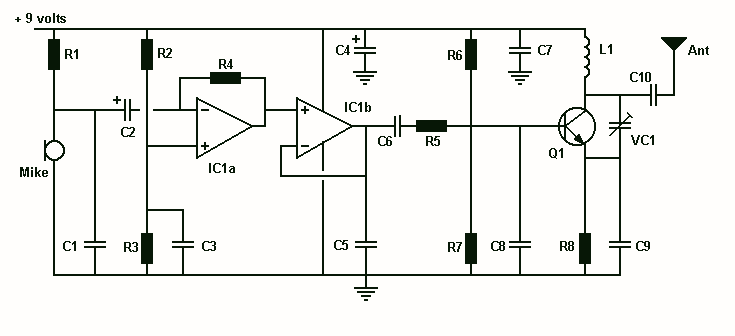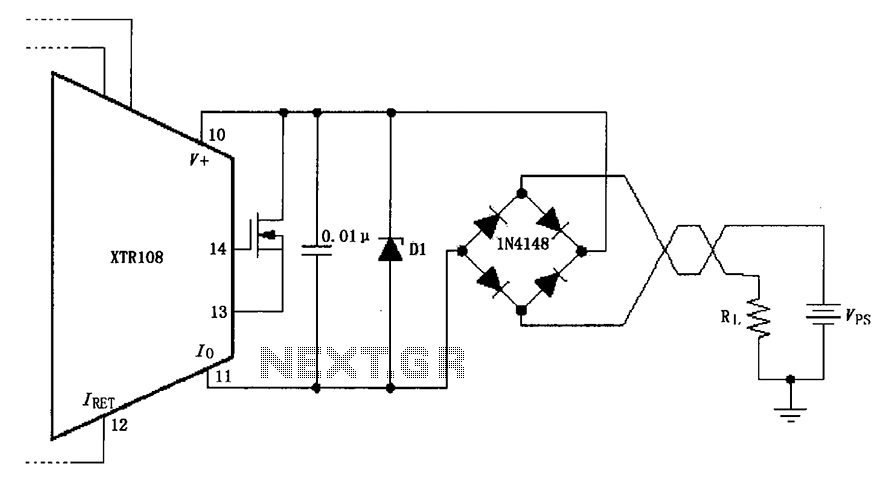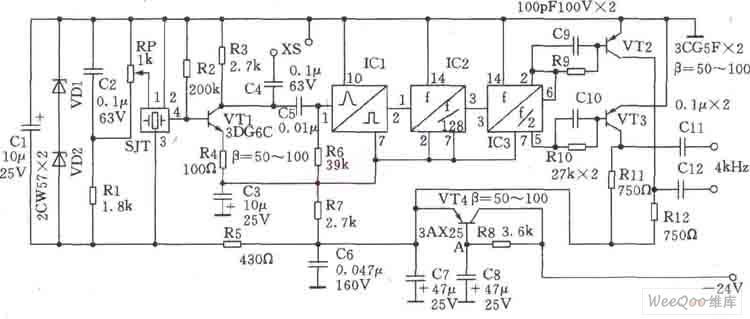
Servo Motor Driver Circuit With 12F675 IC
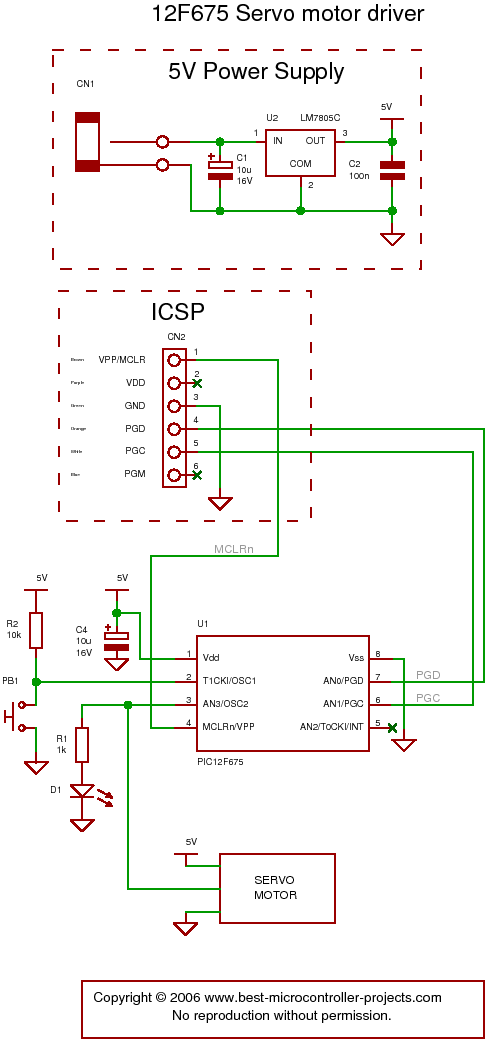
The following circuit illustrates a servo motor driver. This circuit is based on the 12F675 IC. Features include Timer 0 timing and a single control line.
The servo motor driver circuit utilizing the 12F675 integrated circuit (IC) is designed to provide precise control over servo motors. The 12F675 is an 8-bit microcontroller from Microchip Technology, which is well-suited for applications requiring compact size and efficiency.
The circuit typically includes the following components: the 12F675 microcontroller, a power supply module, a servo motor, and necessary passive components such as resistors and capacitors for stability and signal conditioning. The core functionality of the circuit revolves around Timer 0, which is configured to generate timed pulses that correspond to the desired position of the servo motor.
The single control line mentioned in the description is responsible for receiving the pulse-width modulation (PWM) signals from the microcontroller. This control line directly influences the angle of the servo motor by varying the width of the pulses sent. A wider pulse will command the servo to move to a specific position, while a narrower pulse will adjust its position accordingly.
To ensure optimal performance, the circuit may include decoupling capacitors close to the power pins of the 12F675, which help to filter out noise and stabilize the power supply. Additionally, pull-up or pull-down resistors may be implemented on the control line to ensure a defined logic level when the line is not actively driven.
Overall, this servo motor driver circuit is an effective solution for applications that require precise motor control, and the use of the 12F675 microcontroller allows for flexibility in programming and integration into larger systems.The following circuit shows about servo motor driver. This circuit based on the 12F675 IC. Features: Timer 0 timing, single control line from .. 🔗 External reference
The servo motor driver circuit utilizing the 12F675 integrated circuit (IC) is designed to provide precise control over servo motors. The 12F675 is an 8-bit microcontroller from Microchip Technology, which is well-suited for applications requiring compact size and efficiency.
The circuit typically includes the following components: the 12F675 microcontroller, a power supply module, a servo motor, and necessary passive components such as resistors and capacitors for stability and signal conditioning. The core functionality of the circuit revolves around Timer 0, which is configured to generate timed pulses that correspond to the desired position of the servo motor.
The single control line mentioned in the description is responsible for receiving the pulse-width modulation (PWM) signals from the microcontroller. This control line directly influences the angle of the servo motor by varying the width of the pulses sent. A wider pulse will command the servo to move to a specific position, while a narrower pulse will adjust its position accordingly.
To ensure optimal performance, the circuit may include decoupling capacitors close to the power pins of the 12F675, which help to filter out noise and stabilize the power supply. Additionally, pull-up or pull-down resistors may be implemented on the control line to ensure a defined logic level when the line is not actively driven.
Overall, this servo motor driver circuit is an effective solution for applications that require precise motor control, and the use of the 12F675 microcontroller allows for flexibility in programming and integration into larger systems.The following circuit shows about servo motor driver. This circuit based on the 12F675 IC. Features: Timer 0 timing, single control line from .. 🔗 External reference
